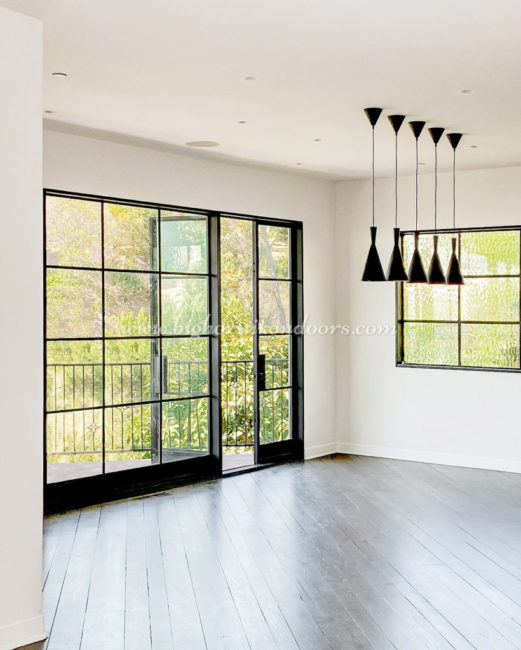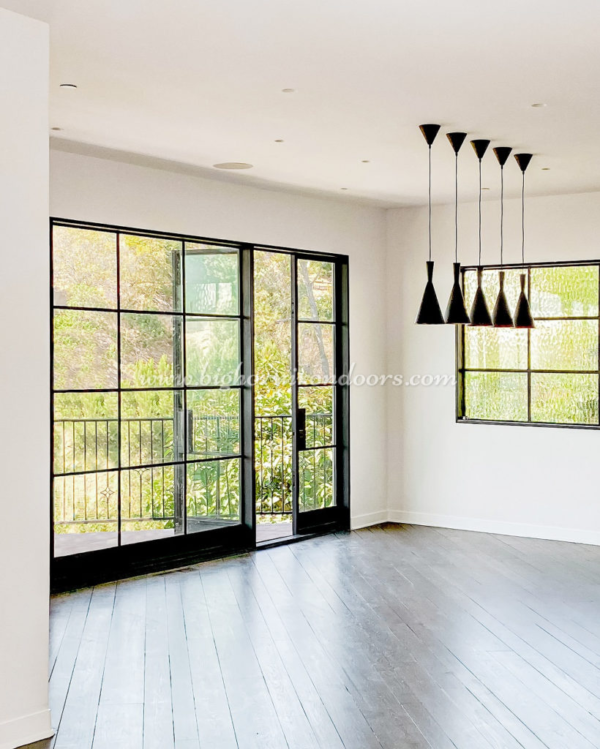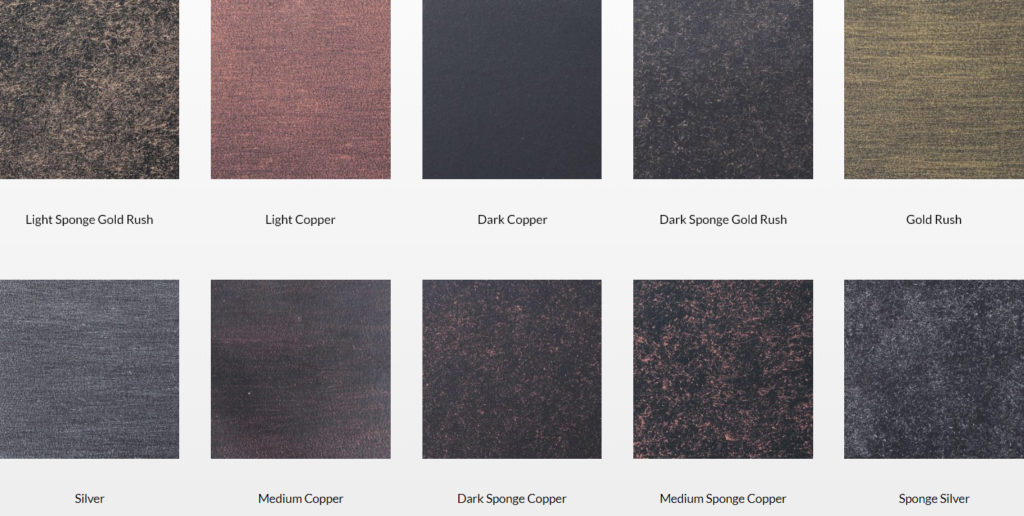When choosing a door for a residential or commercial building, there are several important factors to consider. One of the most significant decisions is whether to install an inswing or outswing door. Inswing doors open inward towards the interior of the building, while outswing doors open outward towards the exterior. This may seem like a minor detail, but it can actually have significant implications for safety, security, accessibility, and aesthetics. In this blog post, we will explore the differences between inswing and outswing doors, as well as the advantages and disadvantages of each option.
Inswing Vs Outswing Doors
The most significant difference between inswing and outswing doors is the direction that they open. Inswing doors open into the room, while outswing doors open away from the room. For example, if your home’s front door is inswing, you push to open it. If it’s an outswing door, you pull to open it. While this may seem like a minor difference at first glance, each design carries a specific set of advantages and disadvantages. Let’s dive into the real difference between inswing and outswing doors so you can make an informed door purchase.

Determining the Door is an Inswing or Outswing
Determining whether a door is an inswing or outswing for interior and exterior space is important when replacing or installing a new door. Here are some tips to help you tell the difference between both interior and exterior doors:
Interior Doors
- Stand in front of the door with the doorknob facing you.
- Push the door open.
- If the door swings towards you, it’s an inswing door.
- If the door swings away from you, it’s an outswing door.
Exterior Doors
- Stand outside of the door with the doorknob facing away from you.
- Push the door open.
- If the door swings towards you, it’s an outswing door.
- If the door swings away from you, it’s an inswing door.
Choosing Between the Inswing or an Outswing Door
Whether you’re replacing old doors or building a new structure, understanding the differences between inswing and outswing doors is an important step in choosing the right doors for your space. Let’s dive into the real difference between inswing and outswing doors so you can make an informed door purchase.
Inswing Doors
The most commonly believed benefit of inswing doors is that they’re more secure than outswing doors. This is because of the placement of the hinges: hinges are on the inside of the home with inswing doors, while the opposite is true for outswing doors. However, the hinge placement actually makes it easier for people to kick in an inswing door.
![]() When it comes to weather protection, inswing doors can actually be vulnerable to wind and rain. On the other hand, they’re great to have when the snow piles up outside. Even with a foot of snow on the ground, it won’t be difficult to open an inswing door.
When it comes to weather protection, inswing doors can actually be vulnerable to wind and rain. On the other hand, they’re great to have when the snow piles up outside. Even with a foot of snow on the ground, it won’t be difficult to open an inswing door.
Because they swing into your home — or whatever room they’re used for — you need to ensure there’s enough clearance on the inside to operate your door entirely. For example, it may be easier to have an outswing door as your front door if you have a cramped entryway, while inswing bedroom doors would make more sense in a narrow hallway.
Outswing Doors
Although their hinges are on the outside, outswing doors may be your better option for security. Because they don’t swing inward, they’re pretty difficult to kick in. It’s also possible to get security hinges that robbers can’t take advantage of to get into your home. Outswing doors are also more resistant to rain and winds and are especially helpful in hurricane regions. Outswing doors are much more challenging for the wind to blow open than inswing doors. However, if snow piles up outside your home, you may have a lot of trouble getting your door open.

Knowing the Door is Left-Handed or Right-Handed
Are you unsure if your door is left-handed or right-handed? It’s crucial to know the handling of a door when choosing a lock or latch, as they are designed to fit either a left-handed or right-handed door. To determine whether a door is a left-hand or right-hand door, stand facing the door from the outside. If the hinges are on the left side and the handle is on the right side, it is a right-handed door. If the hinges are on the right side and the handle is on the left side, it is a left-handed door.

Should You Get an Inswing or an Outswing Door?
What direction swing door you get will be highly dependent on the weather in your area and the amount of space you have for your door. If you live somewhere farther north, such as Denver, you may be more inclined to get an outswing door for your entryway. Getting stuck in your home in the wintertime would be an unpleasant experience. On the other hand, if you’re living in Houston, where you’re far more concerned about rain and winds, then an outswing door may be the superior choice for your front door.
Customizing the Swings Direction of Your Iron Door
When you order a customized wrought iron door from Bighorn Iron Doors, one of your customization options is to choose the direction your door swings. Ordering a custom-made door is quickly done through our online form or by calling us at (833) 811-7199. Place an order today to get the perfect wrought iron door for you and your home!




